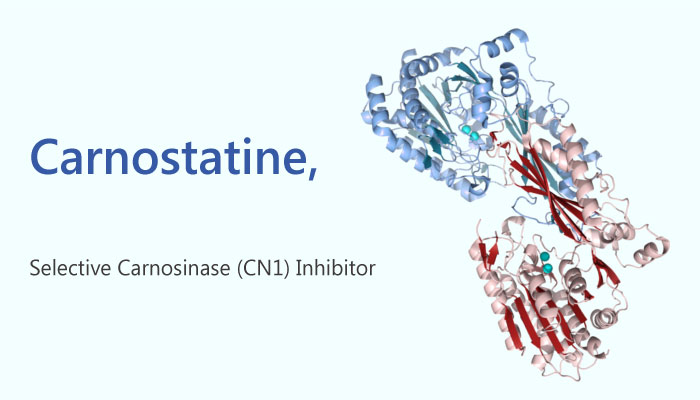Type 2 diabetes mellitus (T2DM) is a progressive disease. The type 2 Diabetes is accompanied by an increase in diabetic complications, such as diabetic nephropathy. Diabetic nephropathy is the leading cause of end-stage renal disease (ESRD), accounting for about 50% of incident cases.
The immune system and the kidneys are closely related. The important contribution of kidneys to immune homeostasis becomes especially clear in end stage renal disease (ESRD), where immune function is severely compromised. Patients with Type 2 Diabetes have higher serum Carnosinase 1 (CN1) activity levels compared to healthy controls. Carnosinase 1 is a susceptibility factor for developing diabetic nephropathy. The enzyme is a peptidase which cleaves B-alanyl-L-histidine (carnosine) and closely related dipeptides. Carnosinase exists in two isoforms. Tissue carnosinase exists in the liver, kidney, and spleen. Serum carnosinase exists in serum (plasma), brain and spinal fluid. Carnosinase heterogeneously distributes over the whole body and over different structures of animal brain. CN1 inhibition is a potential strategy to increase the serum concentration of carnosine.

Reaearchers screened a protease-directed small compound by using human recombinant carnosinase 1. Fortunately, Carnostatine (SAN9812) is a potent and highly selective CN1 inhibitor. SAN9812 also inhibits CN1 activity in human serum and serum of transgenic mice-overexpressing human CN1. Subsequently, In order to know about pharmacodynamics of Carnostatine (SAN9812), the mice are injected with 30 mg/kg SAN9812 subcutaneously. As a result, administration of 30 mg/kg SAN9812 leads to a sustained reduction in circulating CN1 activity in human CN1 transgenic (TG) mice.
In view of the above-mentioned facts, Carnostatine (SAN9812) may be a potential therapeutic modality for diabetic nephropathy.